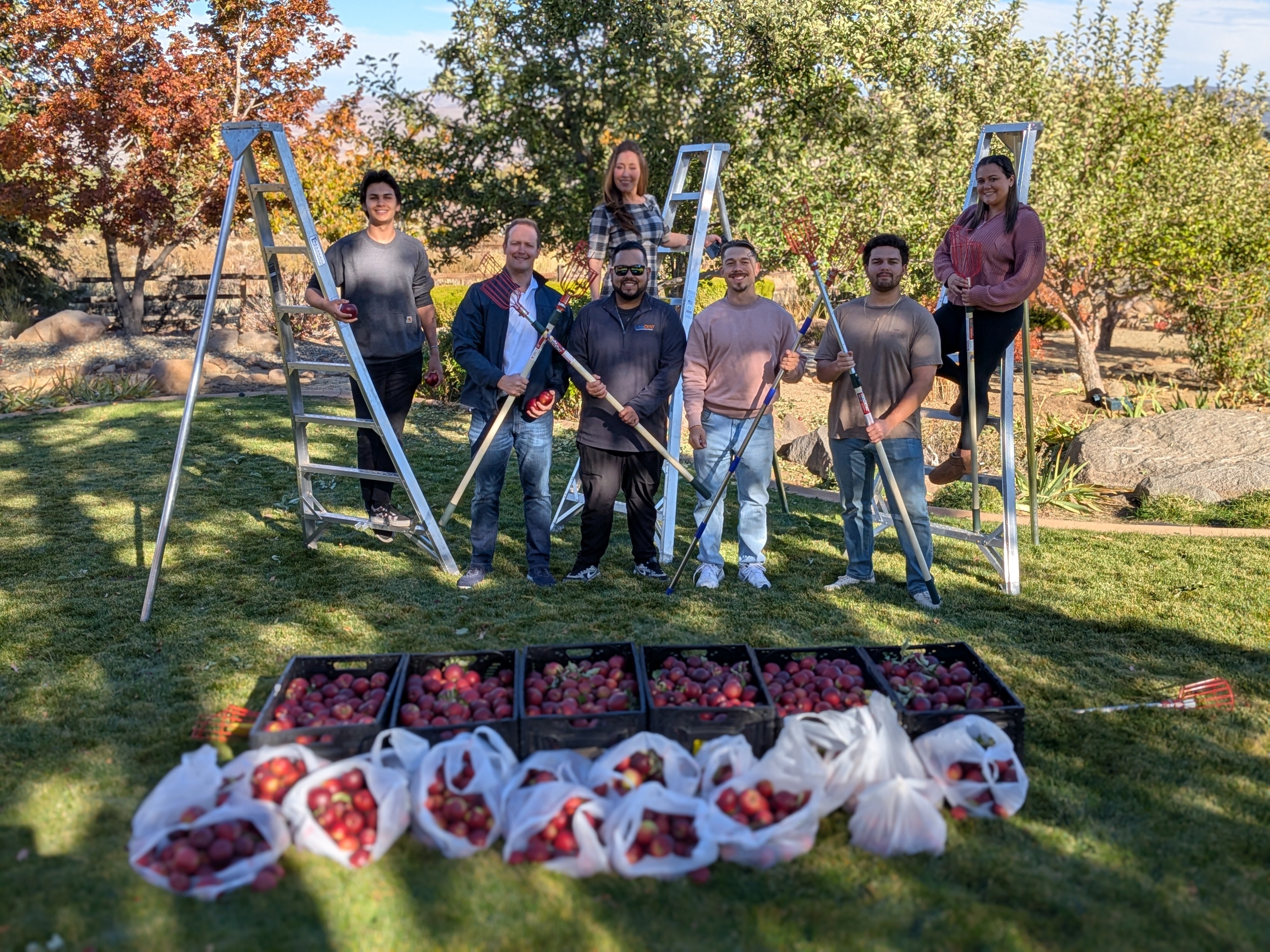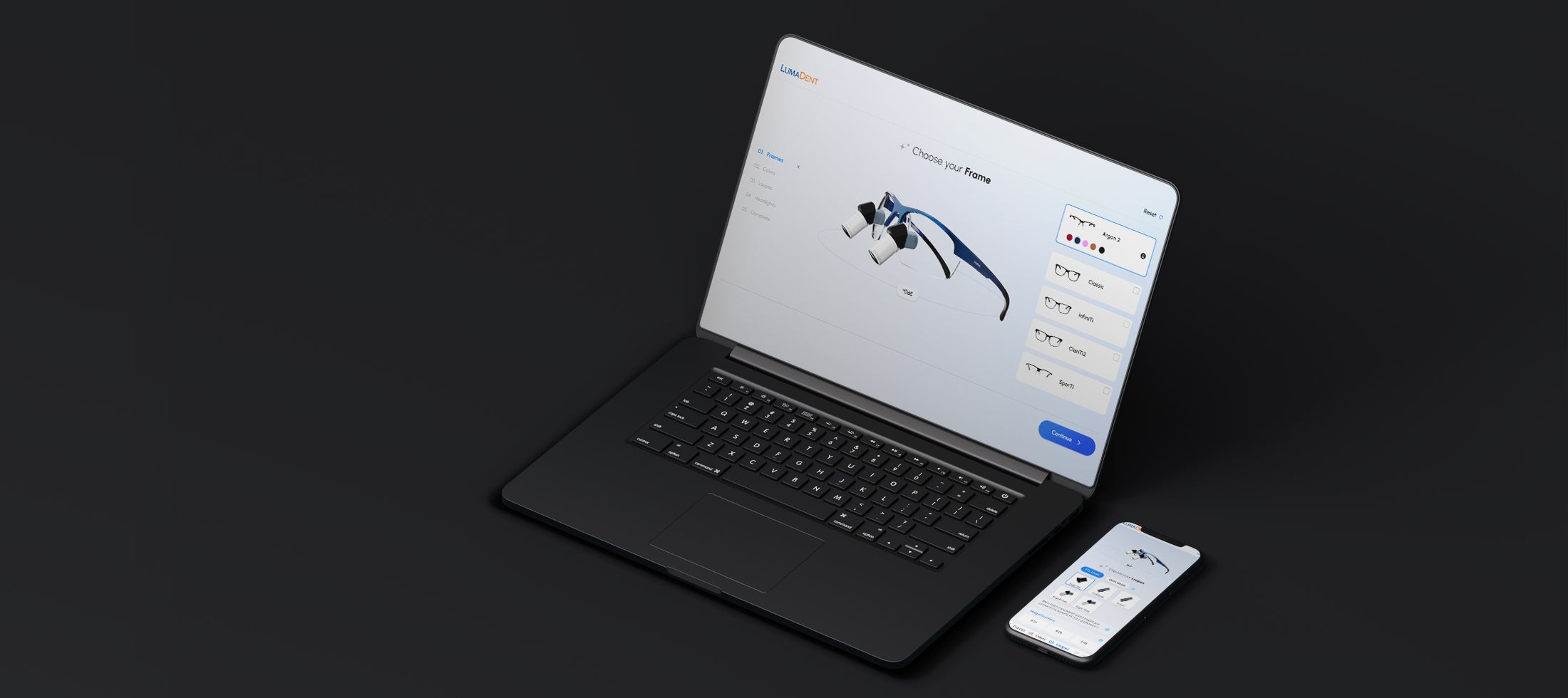Veterinary medicine is a field where precision and accuracy are critical. For veterinary professionals, having the right tools can significantly impact the ability to diagnose and treat animals effectively. One of the fastest-growing tools impacting the veterinarian industry is veterinary loupes. These specialized optical devices, traditionally used by dentists, are now being used to help veterinarians magnify the area of interest, enhance visual clarity, improve outcomes, and quality of care. This comprehensive guide will explore the growing importance of veterinary loupes, their different types, and their unique advantages in veterinary medicine.
Why Veterinary Loupes Are Essential
Veterinary loupes should be an indispensable tool in every veterinarian's practice because of their profound impact on both precision and efficiency. Loupes magnify the visual field, allowing veterinarians to discern minute details that are vital for accurate assessments and treatment. This enhanced clarity helps in detecting and executing precise surgical interventions, especially in cases where the margin for error is minimal. Veterinary loupes are also engineered to support ergonomic health, significantly reducing the physical strain commonly experienced by veterinarians. The ergonomic design in loupes alleviates the stress on neck and back muscles, which is often exacerbated by extended periods of hunching or awkward positioning during procedures. Studies indicate that nearly all veterinarians report some form of musculoskeletal discomfort. Specifically, about 98.2% of veterinarians experience body pain, with the lower back (76.7%) and neck (71.7%) being the most commonly affected areas.₁ Thus, veterinary loupes are not only crucial for improving the quality of animal care and outcomes, but also for safeguarding the long-term physical well-being of veterinarians themselves.

Veterinary Loupes Provide Enhanced Visual Accuracy
Veterinary loupes provide magnification typically ranging from 2.5x to 10.0x, significantly enhancing visibility for veterinarians and allowing them to treat patients with greater precision. The improved clarity helps with the treatment of medical conditions such as dental extractions, eyelid growths, and suture removals. This, in turn, facilitates more effective treatments and leads to better outcomes for their patients. It's no surprise that the ability to detect and address these issues early is one reason that the use of loupes is growing in the veterinary profession. Making them indispensable tools for enhancing the quality of care provided by veterinary professionals. In addition to improving diagnostic accuracy, veterinary loupes enhance procedural efficiency and efficacy. By providing a magnified and clear view of the treatment area, loupes allow veterinarians to perform intricate surgeries and detailed procedures with greater precision. This reduces the likelihood of errors and complications, ensuring that interventions are more successful and recovery times are minimized.
Furthermore, the use of loupes significantly enhances the overall workflow by enabling veterinarians to work more efficiently, reducing the time required for each procedure. This efficiency means that animals spend less time under anesthesia and experience reduced stress during their treatments, which is important for their recovery and well-being. For veterinary practices, the time savings translates into the ability to accommodate more patients, boosting the clinic's capacity and efficiency. The quicker turnaround allows veterinarians to dedicate more attention to each case, enhancing the quality of care. Using loupes can significantly enhance veterinary services. They improve treatment quality and procedural efficiency, raising the standard of care. By optimizing operational productivity, loupes become a highly valuable investment for any veterinary clinic.
The Ergonomic Benefits of Veterinary Loupes
Veterinary loupes offer significant ergonomic benefits for veterinary professionals, who often spend long hours in procedures requiring precision and concentration. By allowing for a more natural, upright posture, loupes help reduce the physical strain on the neck, back, and shoulders typically associated with bending over or working in awkward positions. This ergonomic advantage not only minimizes the risk of chronic musculoskeletal issues but also enhances comfort, leading to less fatigue during surgeries or procedures. The use of veterinary loupes promotes longer, healthier careers for veterinarians by minimizing the physical demands of their work environment and reducing the risk of long-term chronic disease and pain.
Types of Veterinary Loupes and Their Applications
Understanding the various types of veterinary loupes can help professionals choose the right type for their specific needs: There are 3 main types of loupes and each provides their own unique benefits:
- Galilean
- Prism
- ErgoPrism
Let’s take a look at each one in more detail.
Galilean Loupes: Galilean loupes are a popular choice among veterinary professionals for their lightweight design and moderate magnification, typically ranging from 2.0x to 3.0x. Named after the renowned astronomer Galileo Galilei, who pioneered this design, these loupes use a simple converging lens system that offers a wider field of view than more highly magnified systems. This makes Galilean loupes ideal for general examinations and minor surgical procedures where enhanced depth perception and a broader perspective are beneficial. Their ease of use, combined with less visual fatigue, makes them particularly suitable for veterinarians who require magnification for extended periods, thus enhancing both the efficiency and comfort of veterinary care.
Prism Loupes: Prism loupes, also known as Keplerian loupes, are highly esteemed in the veterinary field for their exceptional magnification and optical clarity. These advanced optical devices utilize a prism-based system, providing magnification levels typically ranging from 3.5x to 6.5x. This high degree of magnification allows for detailed visualization of intricate structures, making them ideal for complex surgical procedures and tasks requiring precision. Despite being slightly heavier and offering a narrower field of view compared to Galilean loupes, the superior depth of field and image sharpness of prism loupes make them invaluable for tasks requiring meticulous attention to detail. The enhanced visual accuracy of prism loupes, which surpasses that of Galilean loupes, aids in identifying subtle abnormalities and performing delicate surgeries with greater confidence. Overall, prism loupes are indispensable for veterinary professionals who demand the highest level of precision and clarity in their work.
ErgoPrism Loupes: The final loupe type is an improvement upon the prism design. Known as ErgoPrism loupes, these optical devices provide veterinarians with cutting-edge high magnification capabilities with enhanced ergonomic features, making them ideal for intricate veterinary procedures. Offering magnification levels from 3.5x to 6.5x, these veterinary loupes deliver exceptionally sharp and detailed images. Their innovative ergonomic design promotes a natural, upright posture, reducing neck and back strain during extended use. Constructed from lightweight, durable materials, ErgoPrism loupes ensure both comfort and resilience. This combination of superior optical clarity and ergonomic comfort allows veterinarians to maintain focus and precision for longer periods, improving accuracy and outcomes. By enhancing both efficiency and practitioner well-being, ErgoPrism loupes are an indispensable tool in modern veterinary practice.

Customization and Versatility for Veterinary Loupes
There are also two main style choices when it comes to the type of loupes that a veterinarian can choose from. These are TTL Loupes and Flip-Up Loupes. TTL (Through-the-Lens) loupes are custom-made with lenses built directly into the eyeglass frames, offering a precise fit and consistent magnification, ideal for extended use. Flip-up loupes, on the other hand, feature adjustable lenses that can be flipped up when not needed, providing flexibility and convenience for tasks that alternate between magnified and normal vision. In addition, flip-up loupes are good for practices looking for loupes that multiple veterinarians inside their clinic can utilize.

Through-the-Lens (TTL) Loupes: Through-the-Lens (TTL) Loupes are custom-made optical devices where the magnifying lenses are directly built into the eyeglass lens. These are uniquely made and tailored to the specific measurements of each individual. TTL’s ensure a precise optical alignment that maximizes the field of view and minimizes eye strain, offering superior visual clarity. The custom fit of TTL loupes not only enhances comfort but also stabilizes the loupes, preventing them from shifting during procedures. This type of loupe is particularly favored for its ability to provide an unobstructed, wide-angle view, making it an excellent choice for veterinary professionals who require both precision in detailed tasks and comfort during long hours of use.
Flip-Up Loupes: Flip-up Loupes offer a versatile and adjustable magnification solution for veterinary professionals who need flexibility in their optical aids. These loupes are mounted on hinges, allowing the wearer to easily flip them up or down as needed, accommodating both magnified tasks and normal vision interactions without the need to remove the eyewear. This feature is particularly useful in veterinary practices where tasks may quickly change from detailed procedures requiring magnification to general duties or consultations that do not. Flip-up loupes are also customizable with various magnification levels and working distances, providing a practical and adaptable tool that meets the diverse needs of veterinary practice.
Key Factors When Choosing Veterinary Loupes
Magnification Needs: Knowing the preferred magnification is essential when choosing veterinary loupes, as different tasks require varying levels of detail and preference. Higher magnification provides a closer, more detailed view for more intricate procedures, while lower magnification offers a broader perspective suitable for general examinations. Selecting the right magnification ensures that veterinarians can work with optimal precision and efficiency, tailored to the specific demands of each procedure.
Working Distance: Working distance is another factor to consider when selecting veterinary loupes, as it refers to the optimal distance between the veterinarian’s eyes and the treatment area. The right working distance ensures that the practitioner can maintain a comfortable, ergonomic posture, minimizing the risk of neck and back strain during lengthy procedures. It also allows for better focus and stability, which are vital for precision in delicate surgeries and detailed treatments. By choosing loupes with an appropriate working distance, veterinarians can enhance both their efficiency and comfort.
Field of View: The FOV is an essential consideration when selecting veterinary loupes, as it determines the extent of the treatment area visible through the magnifying lenses. A larger FOV allows veterinarians to see more of the surgical site or area of interest without needing to move their head excessively. This broader perspective not only enhances orientation and spatial awareness but also reduces eye strain and fatigue, enabling practitioners to work more efficiently and comfortably. By choosing loupes with an optimal FOV, veterinarians can improve their precision and overall effectiveness in treating their patients.

Weight and Comfort: Weight and comfort are critical aspects to consider when choosing veterinary loupes because they directly impact the veterinarian’s ability to perform procedures effectively and comfortably. The Ergo Air is LumaDent's lightest ergonomic loupe at just 48 grams, designed for maximum comfort during extended use. The Ergo Max, weighing 77 grams, offers superior magnification and field of view for intricate procedures. Lightweight loupes minimize the strain on the neck and shoulders, reducing fatigue during long surgeries or treatments. This enhanced comfort not only allows veterinarians to maintain focus and precision for extended periods but also helps prevent chronic musculoskeletal issues over time. Therefore, selecting veterinary loupes that are both light and ergonomically designed ensures that veterinary professionals can provide the highest quality of care without compromising their own physical well-being.
Integration with Lighting: Integration with lighting when using veterinary loupes is vital for veterinary professionals, as it ensures optimal visibility in various lighting conditions. No loupe is complete without an adequate lighting package. Built-in or attachable light sources provide consistent, focused illumination directly onto the treatment area, reducing shadows and strengthening visual clarity. A headlight package combined with the optical enhancements of loupes is a powerful combo that amplifies fine details more clearly, improving precision during treatments and procedures. Adequate lighting paired with magnification significantly enhances diagnostic accuracy and treatment outcomes, making it an essential feature for veterinary loupes.
Conclusion
Veterinary loupes offer significant benefits to veterinarians by boosting visual clarity and precision, increasing efficacy and efficiency. The magnification provided by loupes allows veterinarians to detect minute details that might otherwise be missed, leading to better health outcomes for animals. Additionally, the ergonomic design of loupes reduces physical strain, promoting better posture and long-term musculoskeletal health. With improved visibility, increased comfort, and the integration of lighting for optimal visibility, loupes are indispensable tools that elevate the quality of veterinary care and support the well-being of veterinary professionals.
Take the Next Step
Elevate your veterinary practice with LumaDent's state-of-the-art, custom-made loupes designed specifically for veterinary professionals. Known for their commitment to quality and innovation, LumaDent uses high-quality optics to deliver clear, sharp images, enhancing both diagnostic capabilities and treatment precision. Our loupes are built with durability and ergonomics in mind, reducing physical strain and supporting long-term musculoskeletal health. Integrated lighting options ensure optimal visibility in various conditions, making LumaDent the choice provider for veterinary loupes. Visit our Designer Studio to customize your loupes and take your practice to the next level.
Illuminate your practice with LumaDent – because every detail counts in veterinary care.





Share:
Navigating the Transition: A Guide for Final Year Dental Students
Esthetician Magnifying Lamps vs Loupes